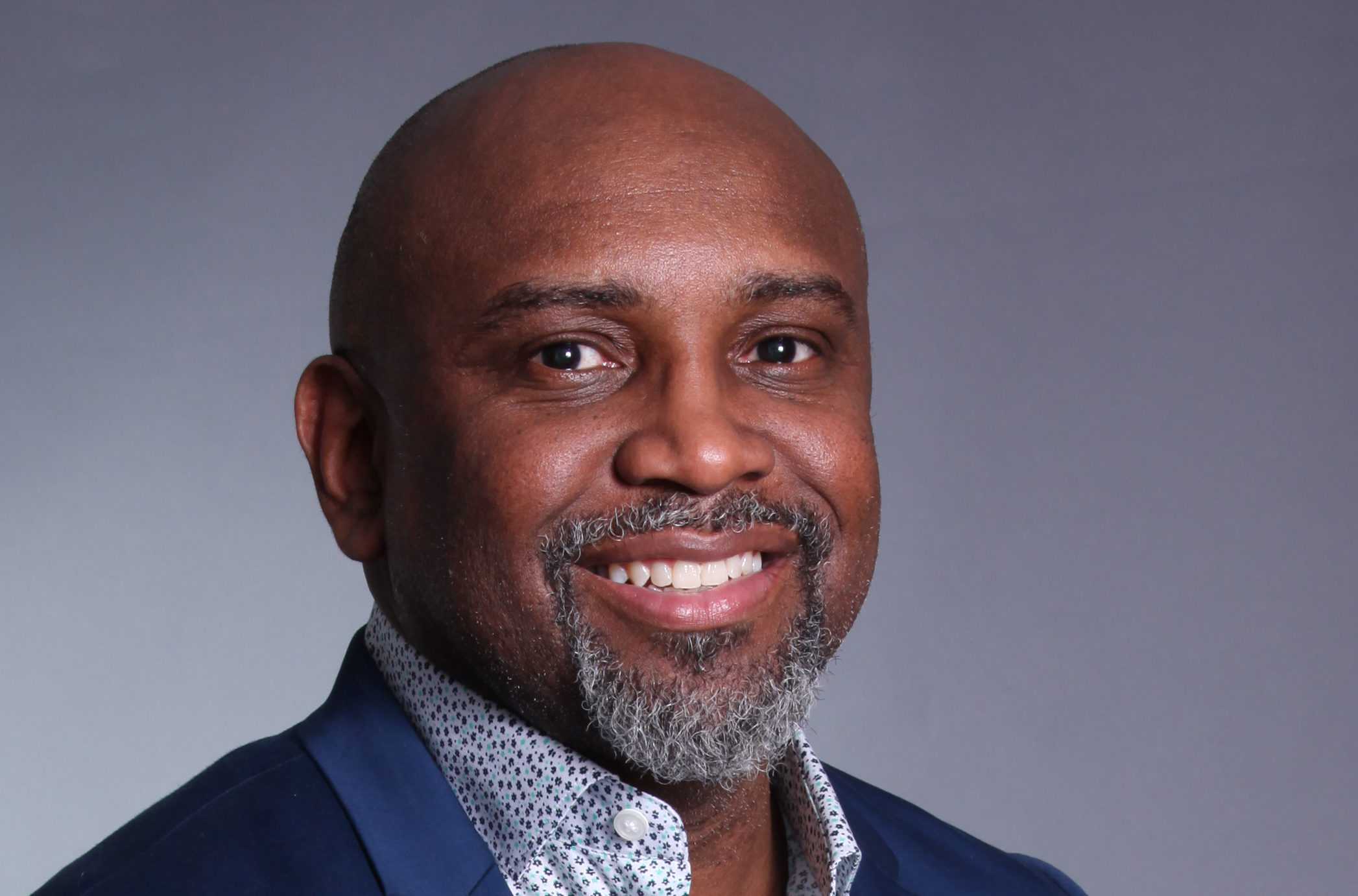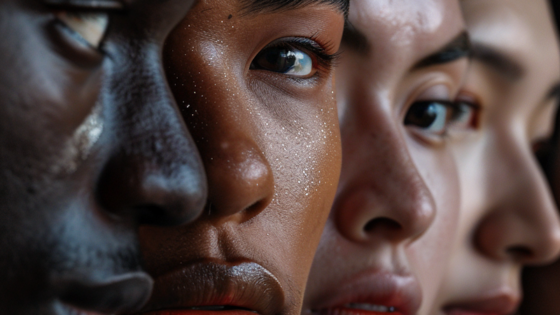on
BY SIMONE J. SMITH
I really hope that people do not think that my Classic Man choice this week has an ego of any kind. He might kill me for choosing this as a title, but I not only thought it best suits his personality but to be honest with you, Lyndon Taylor is the best thing since sliced bread. I met Lyndon Taylor last year on my very first media trip to Jamaica. When first meeting him, a person is charmed by his pleasant smile and playful demeanor. Lyndon always seemed to know the right thing to say and the right thing to do, and it did not seem inauthentic. Lyndon is just one of those people who truly likes people, and when you are around him, his goal is to make sure that you are enjoying your time.
Lyndon Taylor was born at Maxfield Medical Centre in Kingston Jamaica and was delivered by Dr. John Soas. He was born to Beverly and Eric Taylor and has a sister who is no longer with us. Sadly, his mother and sister passed away a year apart, which at points in his life filled him with such grief. Lyndon shared with me the pain that his sister was in and how he had to experience all of that pain as well. She had suffered from mental health issues, and what pains Lyndon is that he truly believes that the hospital that she was at could have done a better job taking care of her. In their hands, she ended up in a diabetic coma and died not long after. Ever since her death, Lyndon has been very sensitive to issues revolving around mental health illnesses and having experienced it in his family, it allowed him to connect to people and families who have to deal with mental illnesses.
At heart, Lyndon is a basketball man (by the way, he wanted to hail up the Toronto Raptors for a job well done), and during high school was heavily involved with sports and the arts including: musicals, singing, and theatre. He played point guard position, and from how he tells it, he was pretty good at it. When he didn’t receive a scholarship to play in the United States, he realized that he should have focused on track and field more; it was easier to get scholarships that way. What he realizes now is that things work out exactly the way that they should.
Lyndon continued with his studies, and when he graduated, he began his job at Mutual Life where he was in charge of missed payments and insurance questions. He then moved on to a government position, and not long after was told of an opening that was coming available as a reporter for J.I.S (Jamaica Information Services). Here he would report on local government, international news, education, sports updates, and cultural news, and he did this for 10 years. Lyndon did not want to stop there, so he decided to take a course in Radio Broadcasting Techniques at the C.P.T.C (Creative Production and Training Centre) to upgrade his skills. From 1996-1997, he lived in England; he attended the University of Westminister to complete his postgraduate education. After he had completed his postgraduate education, he took additional credits and completed his Masters Degree in Journalism.
It was at this point that Lyndon had to make a decision; do I return to Jamaica, or continue to work in the diaspora. He decided to move to New York and undertake a short series of programs in Media Management at the Metropolitan College of New York. Lyndon confesses that he had to document some of the paperwork in order to get accepted to the program. He had to prove that he had enough to sustain a life in New York when he knew he did not. Whatever he did worked because he was accepted and completed the programs.
His life really changed in April of 2004 when he started at F.I.N.N Partners. They had just been awarded the Jamaica Tourist Board contract in 2003, so Lyndon’s arrival was indeed a synchronized phenomenon. They had to be able to sell Jamaica to the world, and they had the perfect person to do it. Lyndon was the Jamaican on the team, and I don’t know if he realizes how significant that is. Lyndon has then been one of the most prolific connectors throughout the Jamaican Diaspora. There are not many people who do not know who Lyndon Taylor is. When I asked him what advice he had for some of our young men, he replied, “Pursue your passions, find your balance, and always give back.
“Be Men for others!” (Lyndon Taylor)
Besides being the man with all of the answers, Lyndon remains actively involved in his community. He works with Child of Jamaica Outreach and they provide scholarships for children in the state; this includes tuition costs and books. He also does work with the C.P.F.S.A (Child Protection and Family Service Agency), which ties in very well with the projects he does for C.J.O.
Anyone who meets Lyndon will tell you that he is a very fashionable man, which is why it is no surprise that he lends his time to the arts. He is currently the publicist for one of the fastest growing designers coming straight out of Jamaica, Glenroy March, the creator of D’Marsh Couture, who has been featured in Chicago’s Fashion Week and New York Fashion Week.
To complete his abundant resume, Lyndon sits on the board of Momentum Collective Inc., based in Washington DC. At Momentum Collective Inc., they use the arts and management as conduits to educate, enrich and empower youth who live in low and moderate-income homes. Their goal as a team is to help the youth realize their potential while they are developing employable, and transferable skills.
There is so much to be said about this Classic Man, but one thing we want you to know about Lyndon is that the team at Toronto Caribbean Newspaper truly appreciates all of the work that you do.
Stay in the loop with exclusive news, stories, and insights—delivered straight to your inbox. No fluff, just real content that matters. Sign up today!
We, as humans are guaranteed certain things in life: stressors, taxes, bills and death are the first thoughts that pop to mind. It is not uncommon that many people find a hard time dealing with these daily life stressors, and at times will find themselves losing control over their lives. Simone Jennifer Smith’s great passion is using the gifts that have been given to her, to help educate her clients on how to live meaningful lives. The Hear to Help Team consists of powerfully motivated individuals, who like Simone, see that there is a need in this world; a need for real connection. As the founder and Director of Hear 2 Help, Simone leads a team that goes out into the community day to day, servicing families with their educational, legal and mental health needs.Her dedication shows in her Toronto Caribbean newspaper articles, and in her role as a host on the TCN TV Network.













Keisha J
July 12, 2019 at 7:14 am
Lyndon, for brand Jamaica and a connector of connectors, you are truly the “best thing since slice bread”.
Congratulations and thank you for keeping the diaspora connected to what a gwaan a yaad and abroad!
One love!
Lorentine
July 22, 2019 at 10:30 am
I’ve known Lyndon since high school. He is exactly what you read here: talented, serious, engaging, classy, worldly, and a highly professional leader. He is one of the best out there.